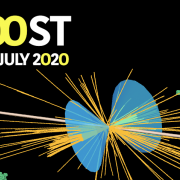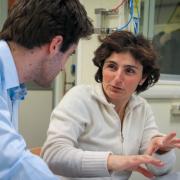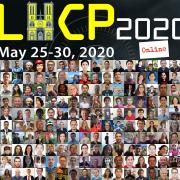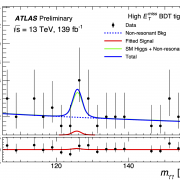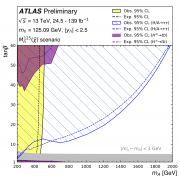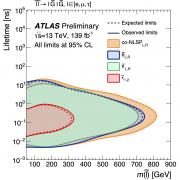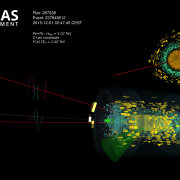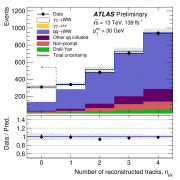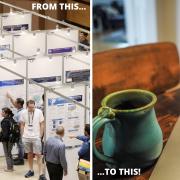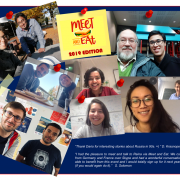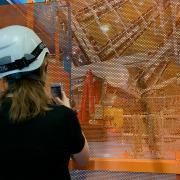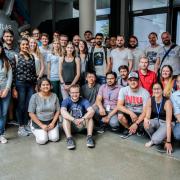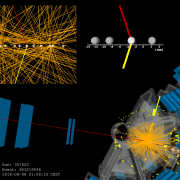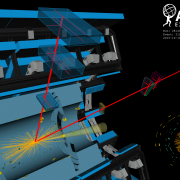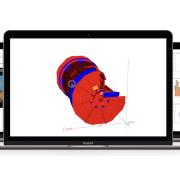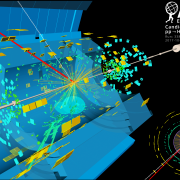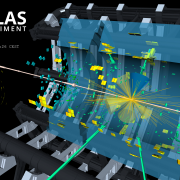Access to Collaboration Site and Physics Results
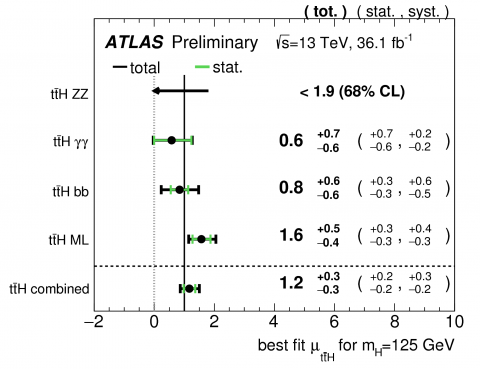
ATLAS finds evidence of the Higgs boson produced in association with a pair of top quarks
– The ATLAS collaboration has presented evidence of “ttH production”, a rare process where a pair of top quarks emits a Higgs boson. Observing this process would provide new insight into the Higgs mechanism and allow for new studies of how unknown physics might (or might not) change the behaviour of this fundamental particle.Read more →
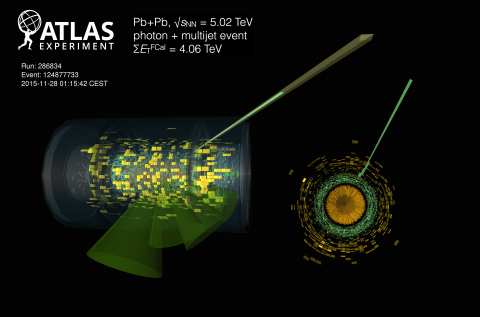
Photon-tagged jet quenching in the quark-gluon plasma
– Collisions of lead nuclei in the LHC form the hot, dense medium known as the quark-gluon plasma (QGP). Experimentally, the QGP is characterized by the collective flow of emerging quarks and gluons. They fragment into highly collimated “jets” of particles that in turn lose energy through a phenomenon known as “jet quenching”. Studying this effect can help improve our understanding of quantum chromodynamics, the theory of the strong nuclear interaction that governs the behaviour of the QGP.Read more →
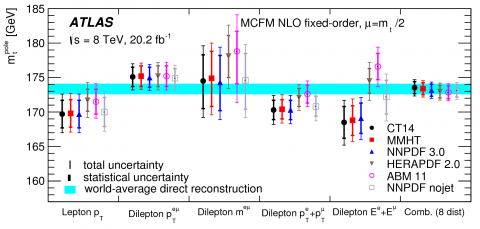
Studying fragments of the top quark
– Using Run 1 data, ATLAS reports a new differential production rate measurement of top quark pairs and a precise new determination of the top quark mass.Read more →
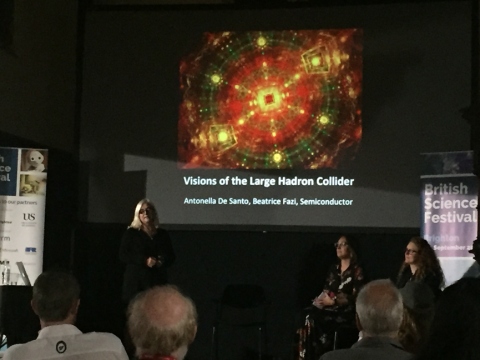
The art of physics
– I have been doing some work with artists recently. Not that I’m planning a career change, you know: I just love to talk about my research to anyone who is prepared to listen, and lately it’s been with artists. Ruth Jarman and Joe Gerhardt, aka Semiconductor, are internationally renowned visual artists who in 2015 won the Collide@CERN Ars Electronica Award and spent a two-month residency at CERN. Like myself, they live in Brighton, which is also home to the University of Sussex, where I work.Read more →
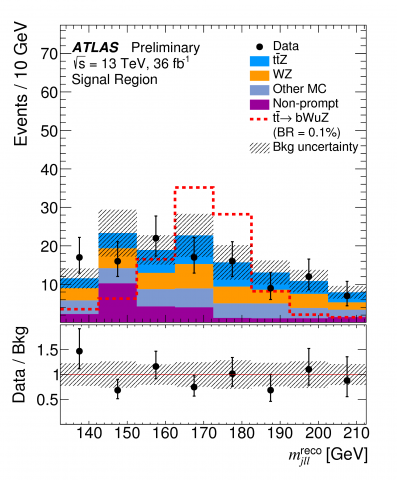
Hunting down forbidden decays of the top quark
– Ordinary matter is made of just three kinds of elementary particles: up and down quarks, which form the atomic nucleus, and electrons, which surround the nucleus. But the rest of nature is not so straightforward: heavier forms of quarks and leptons are produced regularly at particle accelerators.Read more →
ATLAS LIVE: Celebrating 25 years of discovery
– To celebration of its 25th anniversary, ATLAS is hosting a series of Facebook live events today, Monday 2 October 2017. Explore key locations around CERN - including the ATLAS control room, Building 40 and the ATLAS TileCal workshop - while learning about the physics, construction and history of the ATLAS Experiment.Read more →

ATLAS and CMS look forward with the top quark
– The top quark, the heaviest known elementary particle, has a unique place in the Standard Model. By precisely measuring its properties, ATLAS physicists can probe physics beyond our current understanding.Read more →
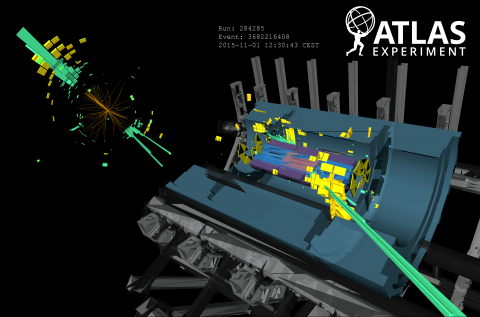
On top of the top: ATLAS highlights from the TOP2017 workshop
– The ATLAS collaboration presented exciting new results at the 10th International Workshop on Top Quark Physics (TOP2017), held in Braga (Portugal). The conference, which concluded today, brought together experimental and theoretical physicists specializing in the heaviest known elementary particle: the top quark.Read more →
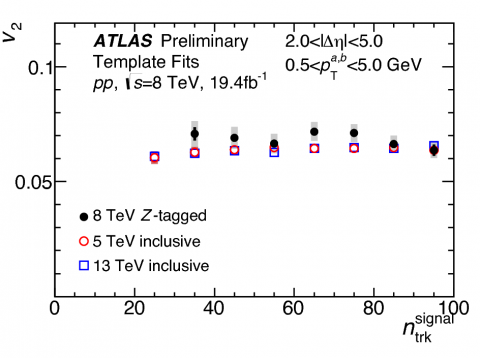
Finding a haystack in a field of haystacks
– In order to produce rare physics phenomena, such as the Higgs boson or possible signs of new physics, the Large Hadron Collider (LHC) collides tens of millions of protons per second. Under such conditions, around 20 simultaneous proton-proton interactions occur in each beam crossing. Thus, additional collisions called “pile-up” are recorded along with the collision of interest. Together, they form a single event for analysis.Read more →
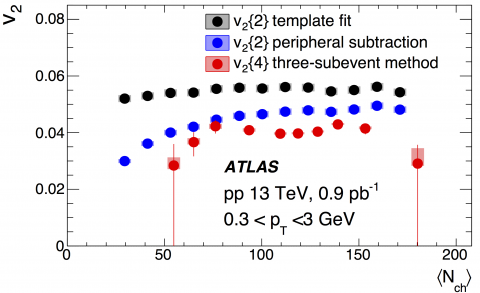
Exploring the nature of the “ridge” in small systems
– When ultra-relativistic heavy ions collide, a new state of hot and dense matter – the quark–gluon plasma (QGP) – is created. One of the key features for this state is the observation of long-range azimuthal angle correlations between particles emitted over a wide range of pseudorapidity. This phenomenon is often referred to as the “ridge”.Read more →




